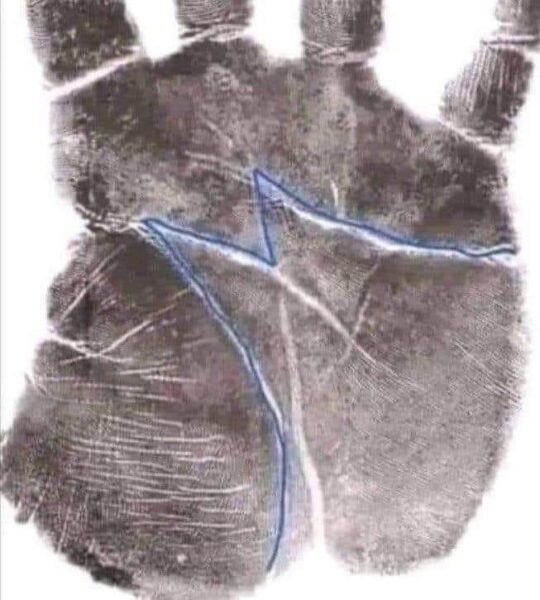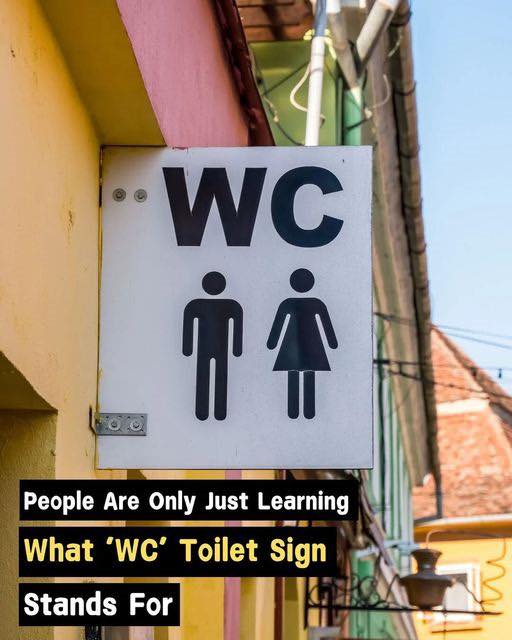Tiny House Living: How Two Families Made It Work—Teenagers, Sleepovers, Alone Time, and All
Andrew and Gabriella Morrison live in Oregon and have two teenage kids, 18-year-old Paiute and 14-year-old Terra. They made the decision to downsize their home four years ago. They now live in a 207-square-foot house with an additional 110 square feet of sleeping lofts. Although their son, Paiute, no longer lives at home, Terra lives in the tiny house full time with her parents. The Morrisons both work in straw bale construction.
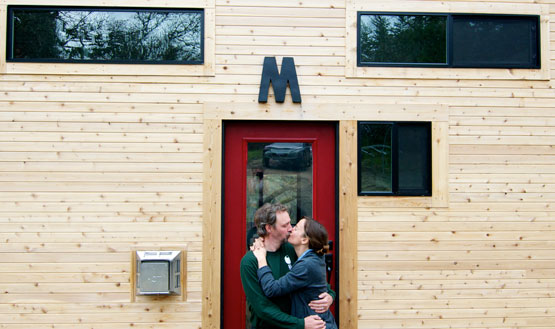
1. You save some cash.
“In the wake of the United States’ housing crisis and the overall global recession, the single-family home—once the celebratory site of domestic accomplishment—has become not a symbol of pride and freedom, but a prison of economic uncertainty,”
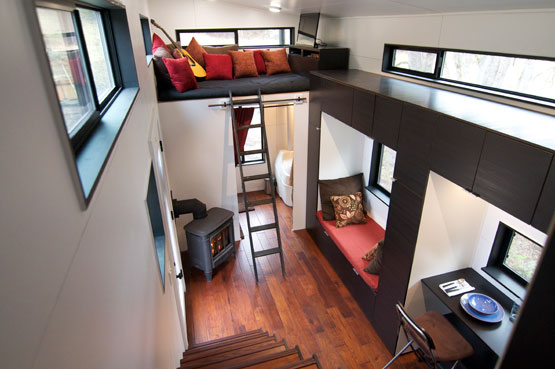
2. You save the planet!
“Beyond the cost, we saw that the environmental impacts of our house were bigger than what we wanted to live with,” said Morrison. Having worked in environmentally conscious “green” house construction for 20 years, Morrison set out to significantly decrease his own family’s impact on the environment.
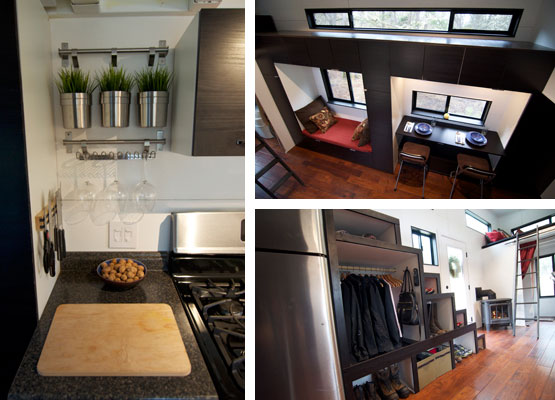
3. And you just might save your sanity.
Living in a tiny house means having less stuff, fewer bills, and not as many living expenses, which means less time necessary to spend at work.
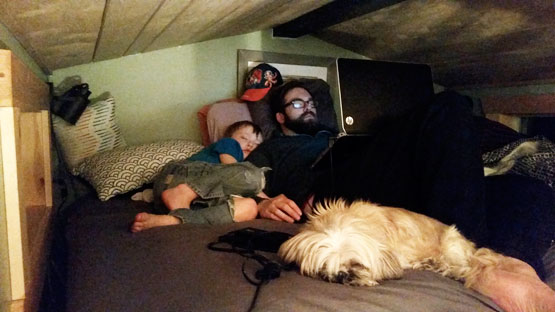
4. But does it really work?
That all sounds good. But then again, what if you live where it’s difficult to find an appropriate place to build your tiny house? Or someplace—like Minnesota, where the Kasls live—where the wind chill dips well below zero in the winter?
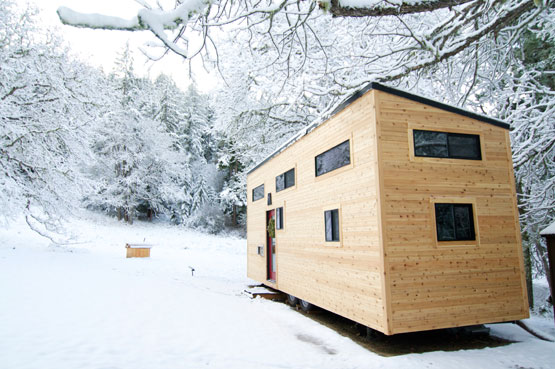
And this:
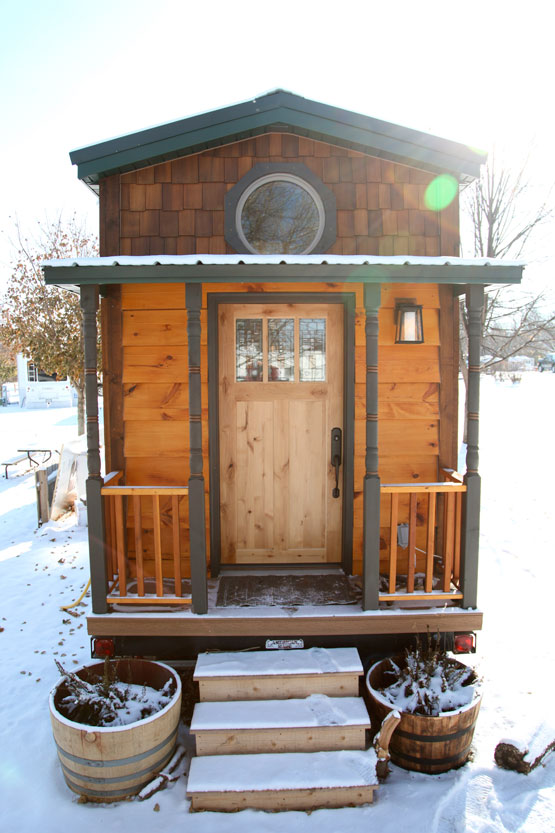
How do you make the transition—especially with a bunch of people’s stuff?
According to Kasl, the secret to a successful transition for her family was taking baby steps. “When we knew for sure that we were going to build a tiny house, everything started gradually,” she explained. “We ‘moved’ downstairs first and brought everything we needed with us. That left the rest to be easily sifted through, boxed up, and shipped out.”
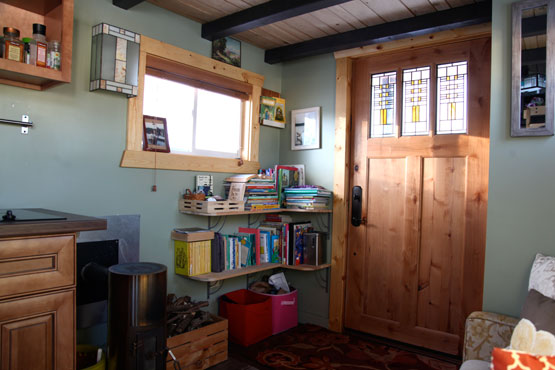
What about having company over?
Hosting a full-sized party in a tiny house is, obviously, impossible. However, that doesn’t mean you have to give up entertaining altogether.
“Having large indoor parties is not really an option,” explained Morrison. “We’ve adjusted for that. We built outdoor gathering spaces: a fire pit, an outdoor dining area, a wood-fired hot tub, and guest cabins.”
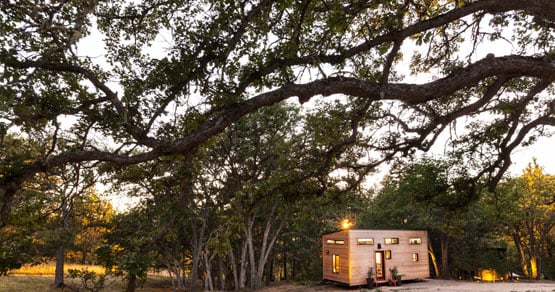
Do little kids like it?
“Everyone wants to know if they should really do it,” Kasl told me. “They want to build a tiny house but they hesitate because of the kids. Most people expect that kids will have a hard time transitioning into a tiny house.” Kasl often surprises people by explaining how much her kids enjoy living in their tiny house.
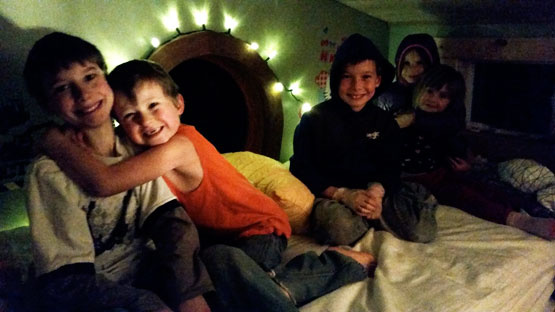
OK. But what about teenagers?
Tiny living with young kids is one thing. They’re small, they are easily distracted, and they usually don’t care too much about personal space. But what happens when your kids turn into teenagers?

What if you’re home-schooling in your house?
The Morrisons and the Kasls have home-schooled their kids while living in their tiny homes. At 14, Morrison’s daughter is rather self-sufficient when it comes to her education. She loves learning and is motivated to get up and do her schoolwork.
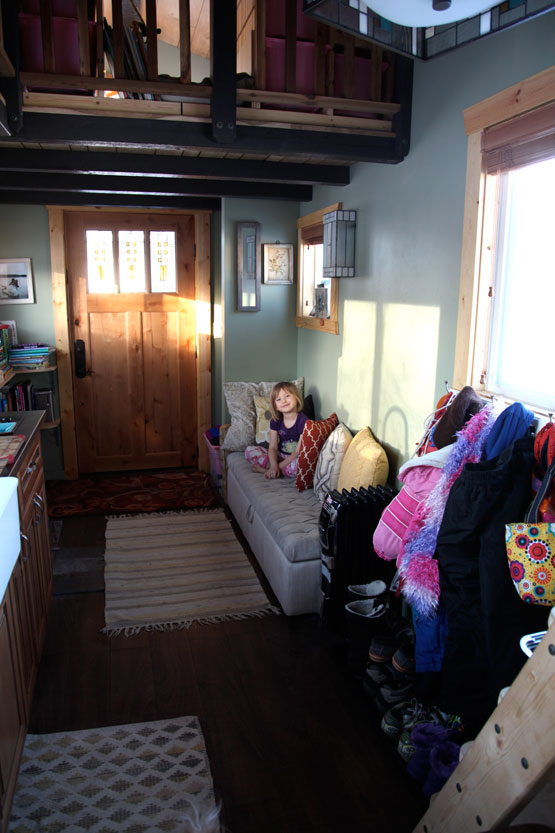
How do you keep warm?
Not every tiny house can be parked on a beautiful, sunny beach. So, how can you cope with snow and below freezing temperatures?ht. “It feels like a vacation: peaceful, simple, exciting,” she said. “We love it completely.”
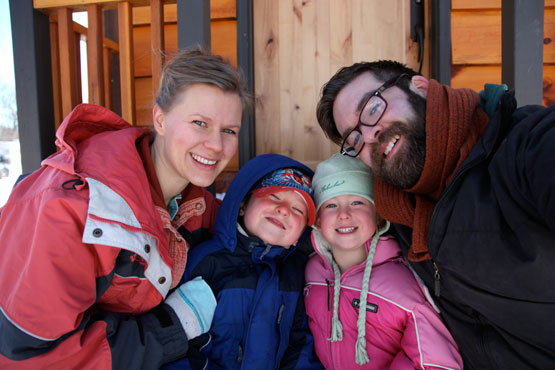
We still wonder: Can you actually raise kids in a 200-square-foot house? How do you cultivate personal space? Or have friends over? And as kids grow up, have sleepovers, hit puberty (and occasionally really want their own bedroom doors to slam in your face), is tiny house living even possible?
